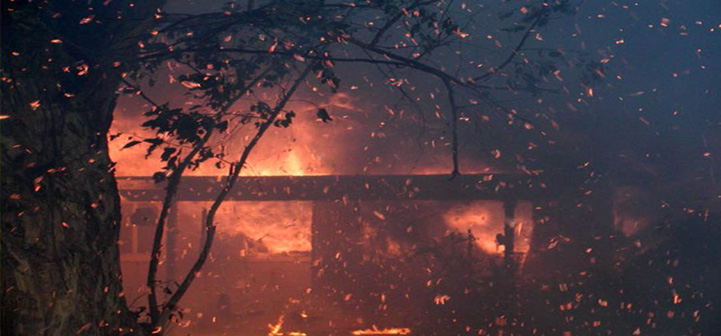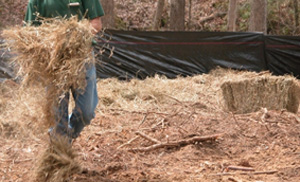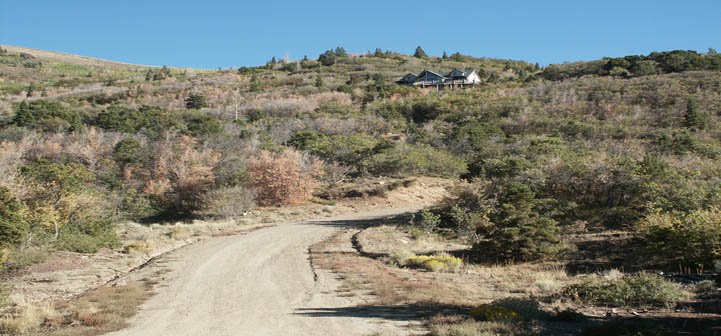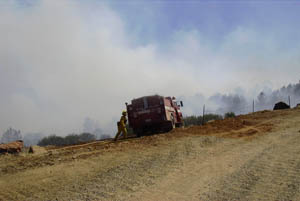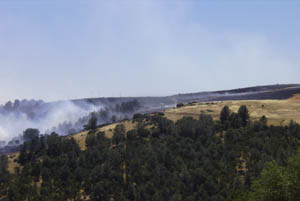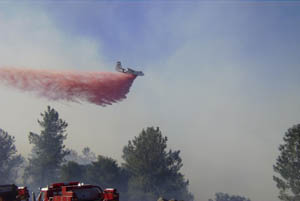Article Written by:
Glenn Nader, University of California Cooperative Extension, Yuba City, CA
Targeted grazing is the intentional use of livestock to modify vegetation by consumption to accomplish management goals. In terms of wildfire fuel reduction, targeted grazing is often used to reduce the amount, height and continuity of vegetation. For targeted grazing to be effective, it should be tied to fuel management objectives and tightly managed. Because targeted grazing focuses on modifying fuel characteristics and not animal production, it …
